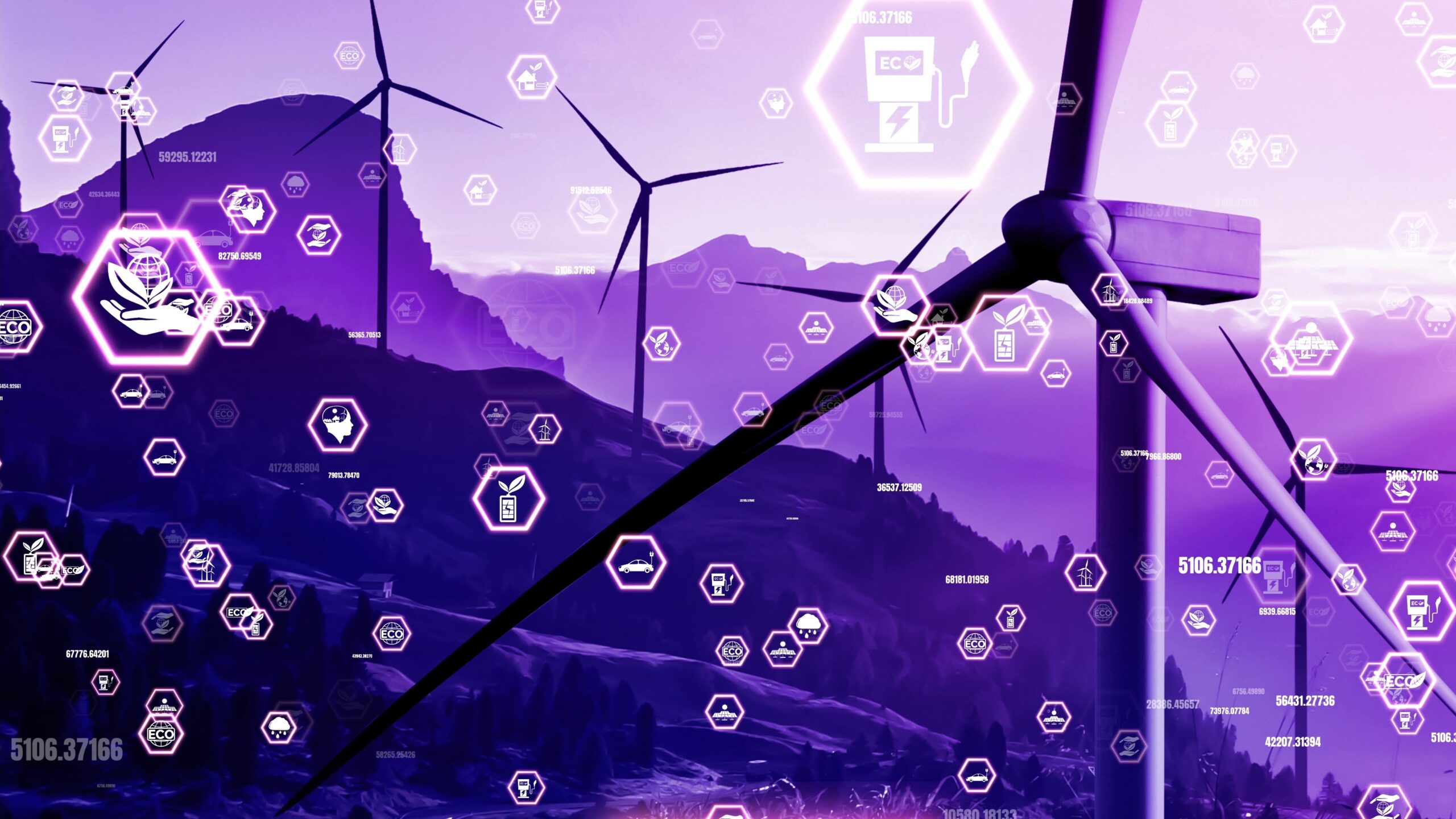Verification is a critical part of the carbon market. It ensures that carbon credits truly represent the reduction or removal of carbon emissions, which is vital for maintaining the credibility of carbon offset projects. However, traditional verification processes can be slow, costly, and prone to errors. This is where blockchain technology, combined with decentralized verification, offers a game-changing solution for the carbon market.
Challenges with Traditional Carbon Credit Verification
The verification process for carbon credits is often centralized and involves multiple intermediaries, such as auditors, registries, and brokers. Some of the main challenges include:
• Lengthy timelines: Verifying emissions reductions can take months or even years, delaying the issuance of carbon credits.
• High costs: Hiring third-party verifiers and navigating regulatory frameworks increases the cost of verification.
• Potential for errors: Manual verification processes are susceptible to human error, fraud, and manipulation, which can undermine the trust in the system.
These challenges limit the efficiency and scalability of the carbon market, making it difficult for smaller projects or developing countries to participate fully.
How Decentralized Verification Works with Blockchain
Blockchain technology offers a decentralized, transparent, and tamper-proof way to verify carbon credits. Here’s how it works:
1. Multiple Independent Verifiers: Rather than relying on a single centralized authority to verify emissions reductions, blockchain allows for multiple independent parties to participate in the verification process. These verifiers can be auditors, NGOs, or even stakeholders in the carbon project, all working together to validate emissions data.
2. Integration with IoT Devices: One of the most innovative aspects of decentralized verification is the ability to integrate blockchain with Internet of Things (IoT) devices. These devices can monitor emissions in real-time, automatically recording data on the blockchain. This eliminates the need for manual reporting and ensures that the data is accurate, tamper-proof, and readily available for verification.
3. Immutable Records: Once data is recorded on the blockchain, it cannot be altered. This provides an immutable record of emissions reductions, ensuring that once a carbon credit is issued, its validity can be traced back through the entire verification process.
4. Automation with Smart Contracts: Blockchain enables the use of smart contracts to automate the issuance of carbon credits. For example, when an IoT device records a verified reduction in emissions, a smart contract can automatically trigger the issuance of carbon credits. This reduces administrative overhead and speeds up the entire process.
Real-World Examples of Decentralized Verification
Several projects around the world are already demonstrating the power of blockchain in decentralizing carbon credit verification:
• Toucan Protocol: By tokenizing carbon credits on the blockchain, Toucan enables decentralized verification, ensuring that each credit is traceable and transparent.
• Benin REDD+ Project: In Africa, the Benin REDD+ project integrates blockchain with IoT devices to track emissions reductions from reforestation efforts, allowing for real-time verification and trusted carbon credit issuance.
• Poseidon Foundation: Poseidon uses blockchain to certify carbon credits from forest conservation projects, providing a transparent and decentralized method of tracking emissions reductions.
These projects highlight how decentralized verification can transform the carbon market by making it more reliable, transparent, and scalable.
How Baliola’s Mandala Application Chain Can Help
While decentralized verification holds great promise for the carbon market, not all blockchain solutions are the same. Baliola’s Mandala Application Chain stands out as a flexible, customizable blockchain-as-a-service (BaaS) platform designed to help businesses and governments build their own blockchain solutions.
With Mandala Application Chain, organizations can implement decentralized verification systems that integrate IoT devices, enabling real-time emissions tracking and secure, transparent data storage. The platform supports the automation of carbon credit issuance through smart contracts, reducing administrative costs and ensuring that credits are issued based on verified data.
Whether you’re looking to enhance the transparency of your carbon offset projects, reduce verification costs, or implement real-time emissions tracking, Mandala Application Chain provides the tools you need to build a robust, reliable, and scalable blockchain solution for the carbon market.
Ready to Enhance Your Carbon Credit Verification?
If your organization is interested in decentralizing carbon credit verification, reducing costs, and increasing transparency, Baliola can help. Mandala Application Chain offers a customizable solution that integrates with IoT devices for real-time data and automates the verification process with smart contracts. Contact Baliola today to learn how we can support your carbon market projects.
